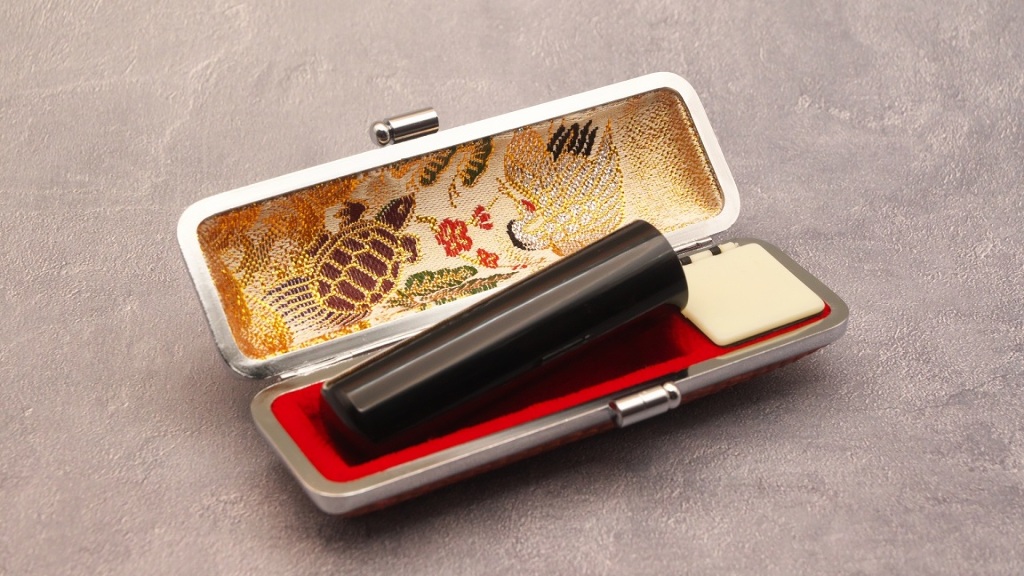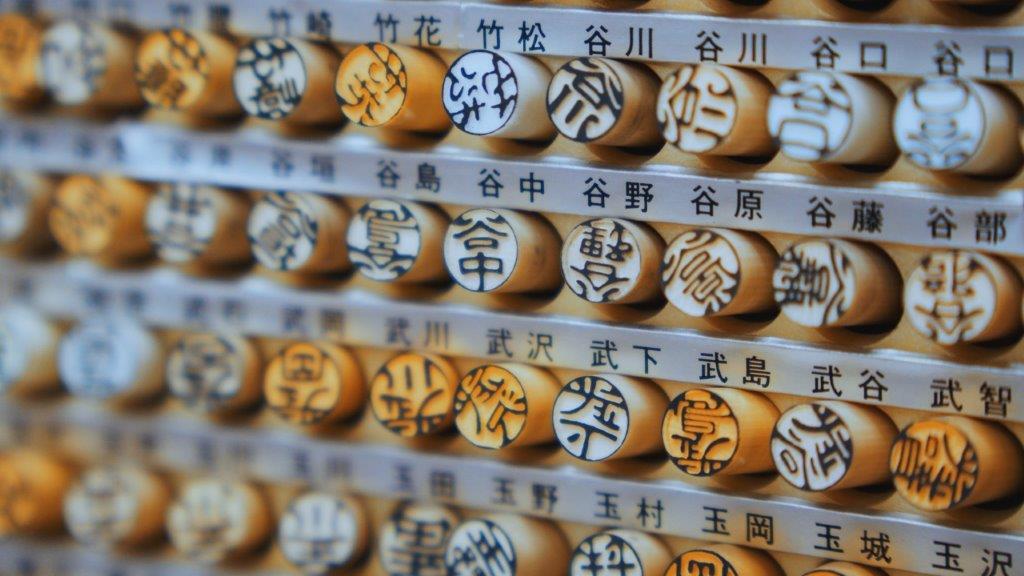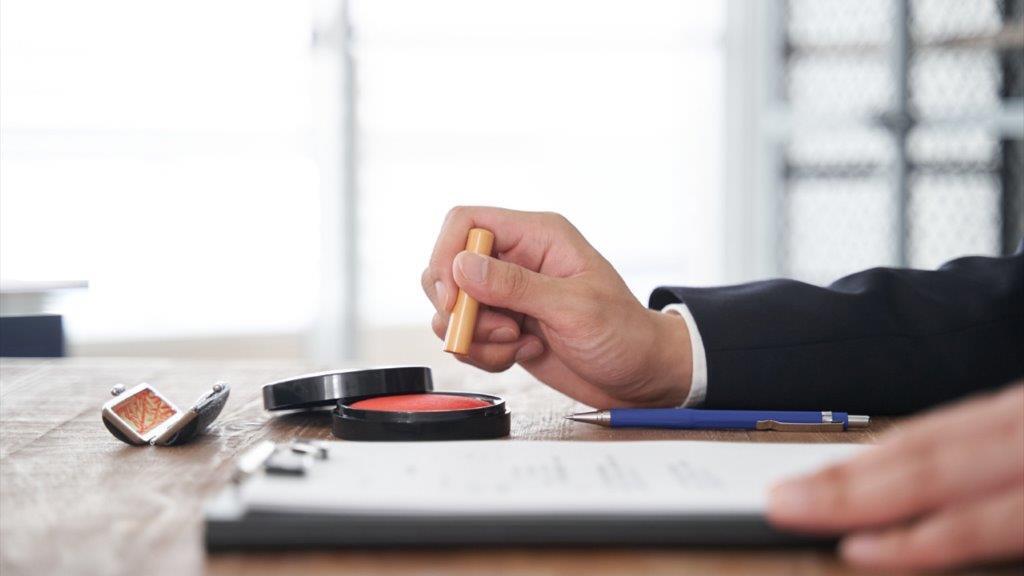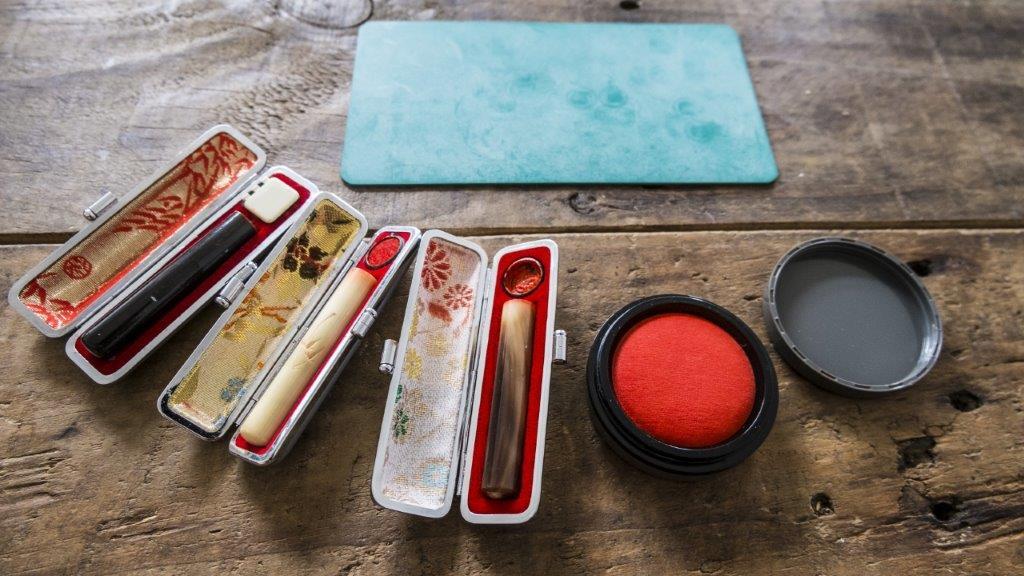2023 02/15
A Beginner’s Guide to the World of Inkan

In Japan, an “Inkan” corresponds to a signature in other countries. An Inkan is a personal seal that contains a person or organization’s name (usually Kanji, or in some cases, Katakana or Roman letters) on its surface. The seal is created by a palm-sized instrument called “Hanko.” Sometimes, the terms Hanko and Inkan are used interchangeably.
The seal is necessary for all important procedures made by individuals and companies in general, just like a signature is used for authorization in Western countries. In fact, Japan is one of the very few countries in the world that officially stipulates the use of Inkans for such procedures.
In this article, we will introduce a brief history of Inkan, and then demonstrate how it is used for authorization. We will also give some tips for those foreigners that are considering living in Japan or are new to the Japanese lifestyle.
A Brief History of Inkan
It is said that personal seals originate from the Mesopotamian civilization, all the way back to around 5000 BCE. Personal seals were introduced to Rome via Egypt and Greece, and eventually widespread to all of Europe. The usage of personal seals was brought to the Chinese empire through the Silk Road, and then to Japan in around 700 CE. Japanese military commanders and monks began to use their own Inkans that not only include their names but also artistic designs and figures. However, their use was still limited to a few groups of people, and common citizens were not allowed to have their own Inkans.
The current Inkan system originates from stipulations by the Meiji government in the late 1800s. At that time, not all citizens knew how to read and write. For this reason, a system for citizens to prove their identity without signing their names was necessary, so officially registered Inkans were used instead. The system is still being used in Japan today, while Western countries have transitioned to using signatures rather than personal seals.

The Inkan System
To this day, an Inkan is mandatory for personal identification in almost every situation in Japan, whether you want to open a bank account, buy a house or car, or write papers in a municipal office.
There are three types of seals that are used in daily life in Japan.
1. “Mitome-in”
This is an Inkan for casual and informal acceptance or acknowledgment. This type of Inkan is unofficial and unregistered and used for more everyday situations such as receiving parcels at home and checking unofficial documents inside a company. A Hanko mass-produced with cheap materials such as rubber and plastics is used, and these are basically invalid for more formal procedures.
2. “Ginko-in”
This type of Inkan is for your bank accounts. It is submitted and registered to banks for verifying identity and checked whenever you open a new account, withdraw cash from the counter, or apply for automatic withdrawal of monthly charges of electricity, gas, and water. For this purpose, a seal that is large enough and not too casual is appropriate, and it is also advised that “Ginko-in” is different from “Mitome-in,” to prevent family members from unintentional transactions.
3. “Jitsu-in”
The term literally means the “real” seal and is the officially registered seal, thus the most important one. It is an essential part of serious contractual matters, such as mortgage loan contracts when purchasing a house, applying for insurance, or succession of the property. The Inkan used for these must be registered at the local government office or the city hall that has jurisdiction over where you live. There are some specifications for this official seal, such as that only one seal can be registered as “Jistu-in” per person. It should also be different from a “mitome-in” or “Ginko-in” in general, too.

Registration and Certificate of Seal Impression
The process of registering “Jitsu-in” is called “Inkan Toroku” (seal registration). After completing this, an “Inkan Torokusho” (seal registration certificate) or “Inkan Toroku Card” (seal registration card) is issued and handed to you. Then, an “Inkan Shomeisho” (certificate of seal impression) can be obtained at a small fee whenever you need one by showing your “Inkan Torokusho” or “Inkan Toroku card.” The proceeding can be done easily in city halls and local government offices through an automated machine, even during the night and on holidays. This “Inkan Shomeisho” is required for and typically attached to contracts made with “Jitsu-in” in order to prove proper registration of the seal. This is especially requested in cases where the person’s intent needs to be confirmed, such as when purchasing real estate or cars, and when creating a notarial deed.

Tips
To close this article, we will give some practical tips for those that are new to the Inkan system, or the Japanese lifestyle in general.
1. Check the name registered on your residence card or special permanent resident certificate
In order for a foreigner to register Inkan, he/she must possess the status of residence (registration by short-term residents is not admitted). More importantly, only the name officially registered on the residence card or special permanent resident certificate can be used for registration.
The registration by foreigners can be done like Japanese citizens—it can be done at offices where you have registered as a foreign resident. Note that you have to choose whether to register your name for Inkan in the alphabet or Katakana. You should check which one you have registered your name in at the time of foreign resident registration.
2. Check specific requirements, especially the material of the Hanko
There are specific requirements that “Jitsu-in” and the Hanko used for it must follow. For example, ready-made seals cannot be used in case of deformation or forgery, and seal smaller than 8 mm or larger than 25 mm cannot be registered. It is advised to inquire with the municipal office for details.
The seal for “Ginko-in” generally does not have such strict requirements, but it is still recommended not to use a Hanko made of cheap materials to ensure security.
3. Take special care of safekeeping your Inkans
Your Inkans, especially your “Ginko-in” and “Jitsu-in” should be protected and safe, just like your wallet and smartphone. In case you lose either one of them, contact the bank and/or government office concerned to immediately invalidate the lost seal. In the case of a “Jitsu-in,” you would also have to submit certain documents to the place you registered to cancel the registration and then register a new one.